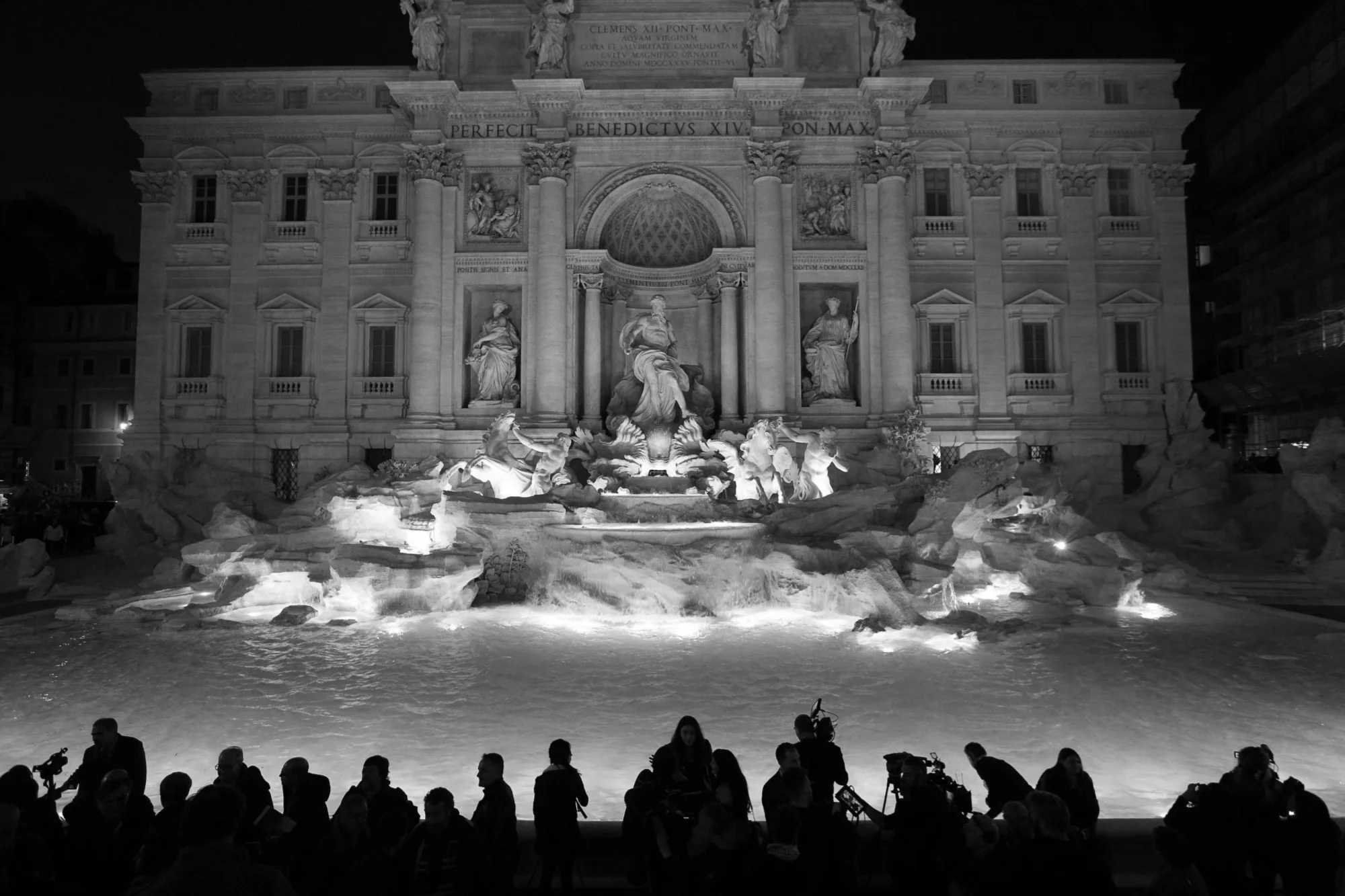Contemporary architecture, except the obvious differences in aesthetics has over the decades gotten more or less — rid of one concrete element — sculpture in any form. Have we lost a value in public space that can’t be replaced by any other form?
Generally speaking, sculpture can be divided into two visually separate fields: abstract and realistic. These directions can borrow from each other, but their ultimate effect is very same: they are irreplaceable additions to our habitat. Sculpture is the one true connection between the functional space we inhabit and ourselves. It is the bridge between the complex structure of how we perceive the world within our blend of intellect and emotion — and the world itself.
Contemporary architecture — regardless of its form and creative direction can’t compensate the void of sculpture in any way as architecture or design is first and foremost utilitarian and functional and can’t overcome itself in this regard.
If we look at the usage of sculpture in historic architecture — its presence not only blends perfectly with the architecture, but also defines the architecture in detail and serves as a narrative tool of communication between the viewer and corpus of the building. The figures within their frozen moment of movement and story “talk” to the viewer and accompany him along the lines of the viewed architectural creation.
It is not accidental that we can even have a feeling of emptiness when comparing historic architectural sites and their contemporary counterparts — and this has nothing to do with different styles of architecture. The feeling of vacancy — no matter how well is the architecture developed, can have a lot to do with the “bridges” missing.
Now that we find ourselves well beyond all the theories and discursion of styles and movements, we can “let go” and approach the space we inhabit as a mirror to who we are both in intellect and emotion. Sculpture has an important place in such spaces and I believe it will be present once again — in balance and in mutual benefaction with architecture so that we can expand our minds accross the environment in fulness and without boundaries. In this sense, the role of sculpture is humanistic — it makes us present with all our potential.
